An Antique with Attitude
The Stearman B75N1 isn’t just any old airplane—it’s a warbird, a trainer from a bygone era. Built in 1942, this model helped shape thousands of WWII-era aviators. But while it’s beautiful and historic, it’s also a challenge to fly well, especially on the ground. Its tailwheel configuration and high center of gravity make it prone to instability during takeoff and landing.
That’s part of the charm—and part of the risk. Anyone who flies a Stearman knows it commands respect. As this incident shows, even with two commercial pilots on board (one of them a CFI), it doesn’t take much to upset the balance.

A Familiar Bird, an Unfamiliar Feel
On a quiet summer morning in Hollister, California, a Boeing Stearman B75N1—better known by its military moniker, the N2S-3—tipped onto its nose and flipped over during what should’ve been a routine landing. It was July 18, 2024, and the 1942 taildragger hadn’t seen much action recently. Neither had the pilot.
The 64-year-old commercial pilot, seated in the rear of the biplane, was getting reacquainted with the classic aircraft after a break. Beside him (or rather, in front of him in the tandem cockpit) sat a 71-year-old flight instructor with over 14,000 flight hours, including 750 in this very make and model. Both men had logged substantial time in the skies, but as this incident shows, experience doesn’t exempt anyone from the occasional mishap.
The Touchdown That Tipped Over
Conditions were nearly ideal: clear skies, 10 miles of visibility, and only light, variable wind. The pilot was executing his first landing of the day at Hollister Municipal Airport. As the Stearman’s wheels met the runway, it suddenly veered sharply to the left. Classic ground loop behavior.
The pilot tried to correct with right rudder, but it was too late. The aircraft nosed over violently, coming to rest inverted on the dry asphalt of Runway 31. Despite the drama, neither occupant was hurt—a fortunate ending to an embarrassing start.

A Tale as Old as Taildraggers
Tailwheel airplanes like the Stearman are known for their sensitivity on the ground. They demand finesse, particularly during landings when directional control becomes a balancing act between rudder inputs, ground speed, and wind conditions. Even a small lapse in attention or a rusty technique can turn a touchdown into a tumble.
The NTSB found no evidence of mechanical issues. The aircraft, which had undergone an annual inspection less than a year earlier, was in solid condition. The crash came down to pilot technique—or, more accurately, the loss of directional control during landing.
This wasn’t a case of inexperience. The pilot had 1,154 total hours, including 477 in the Stearman. But he hadn’t flown this specific aircraft in a while, and the nuances of tailwheel flying aren’t always forgiving. A momentary lapse or delayed rudder input can be all it takes for a vintage taildragger to teach a harsh lesson.
Lessons from the Tarmac
This mishap offers a clear takeaway: even seasoned aviators benefit from a cautious reintroduction when returning to a challenging aircraft type. Here’s what we can glean:
- Respect the quirks: Taildraggers like the Stearman can be unforgiving on the ground. Even in perfect weather, directional control is key.
- Don’t underestimate rust: Time away from the cockpit—especially in unique or high-demand aircraft—warrants a refresher. A few hours with an instructor can make all the difference.
- Practice makes permanent: Landing technique in tailwheel aircraft is perishable. Pilots need to stay sharp to avoid ground loops or nose-over events.

Back to Basics
Though this accident ended without injuries, the inverted Stearman was a sobering sight. Damage to the airframe was substantial, but the human cost was avoided. It’s a reminder to all pilots, particularly those flying vintage or tailwheel aircraft, to never get complacent.

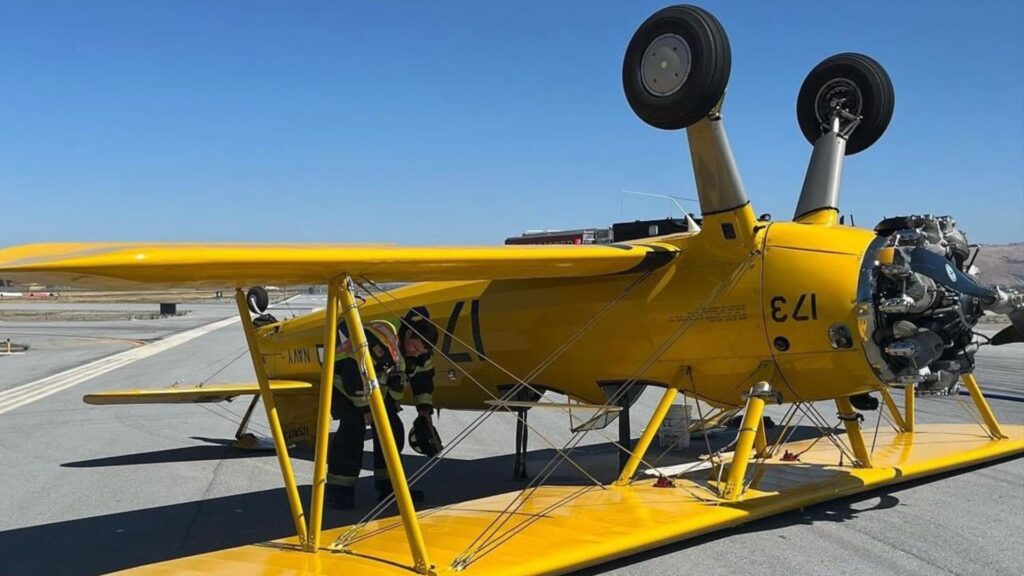



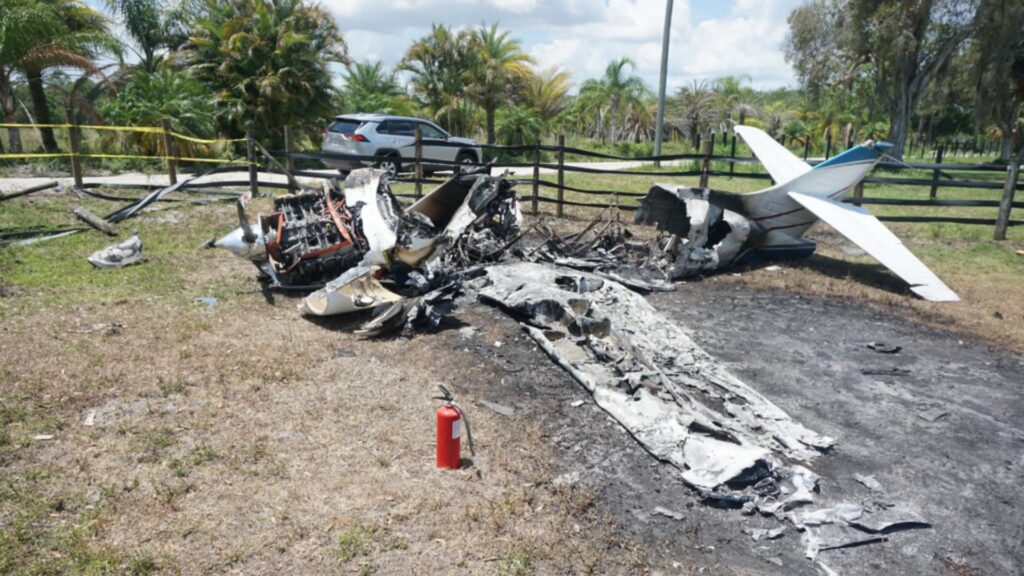
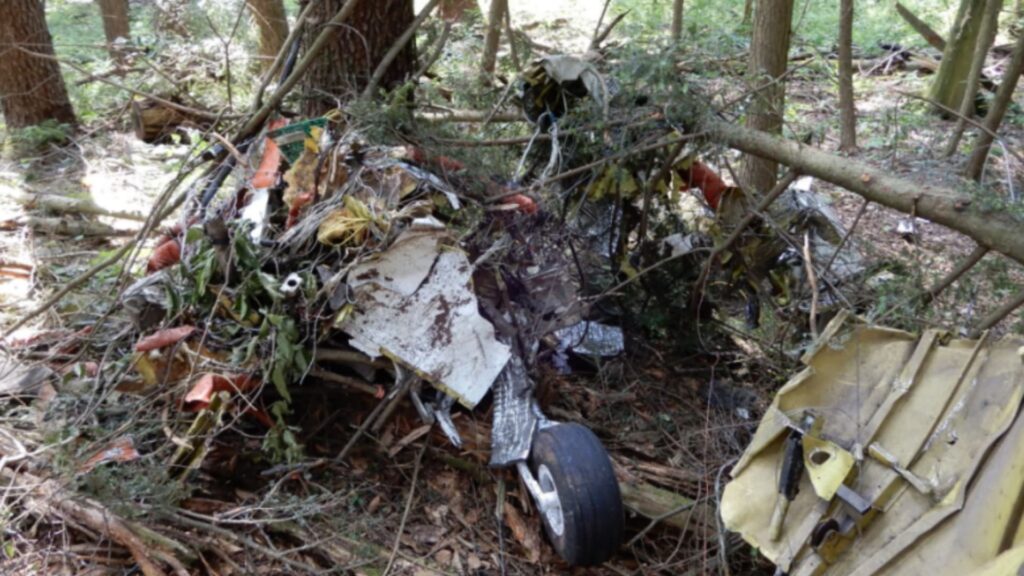
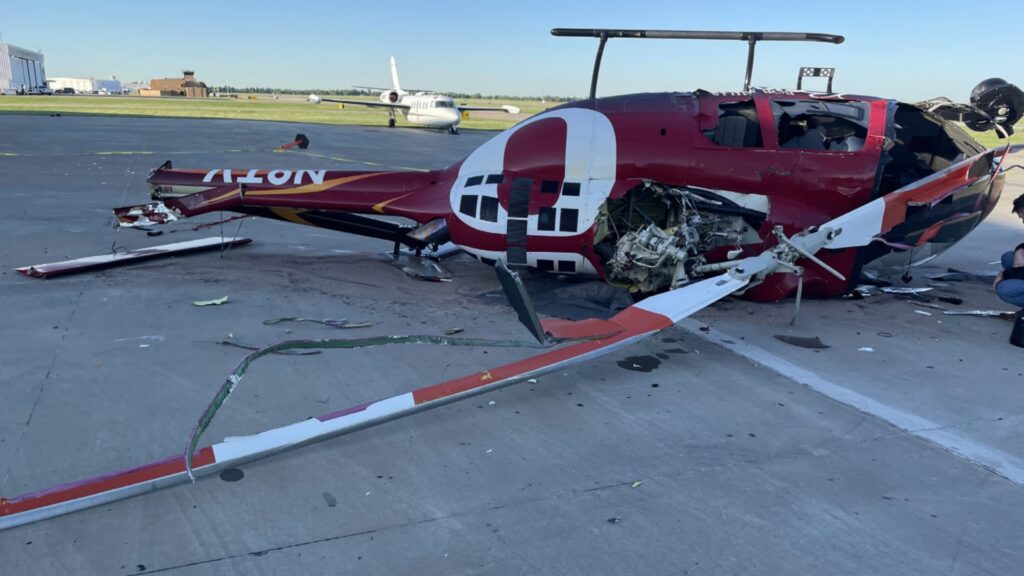
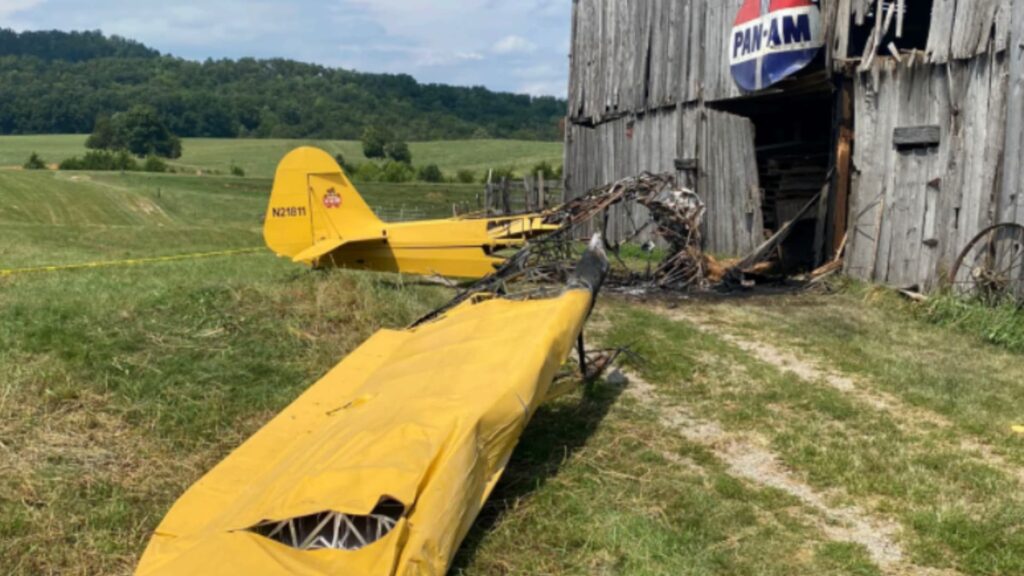
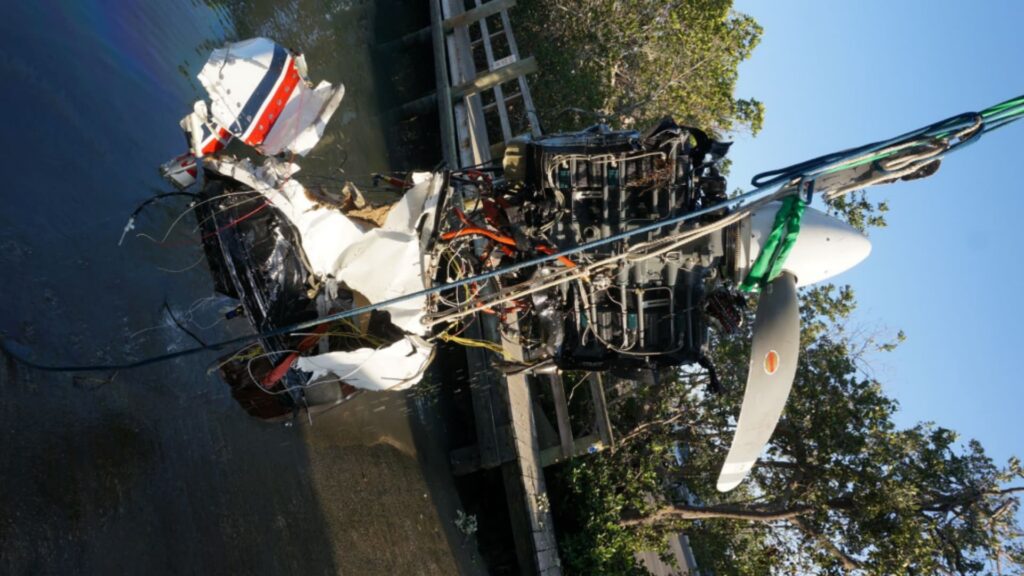


One Comment
Your not through flying until it’s tied down